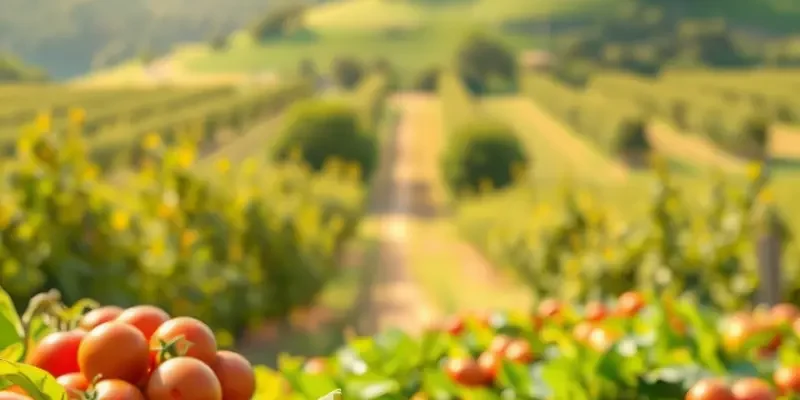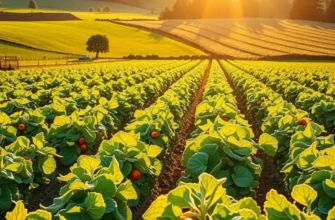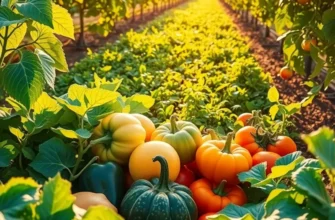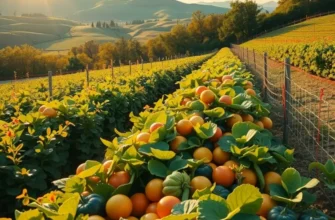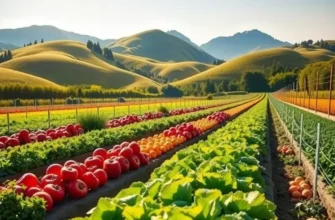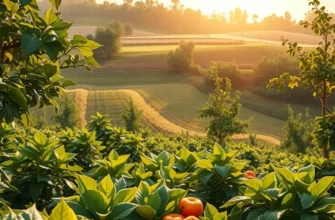Embracing low-waste meal preparation not only elevates your culinary experience but significantly reduces your environmental footprint. Mindfully choosing ingredients and practices, you can enjoy nourishing meals while contributing to a sustainable future. This guide will share practical tips for effectively preparing low-waste meals, ensuring you feel empowered and supported on your journey to eco-friendly cooking.
Conscious Ingredient Selection: The First Step
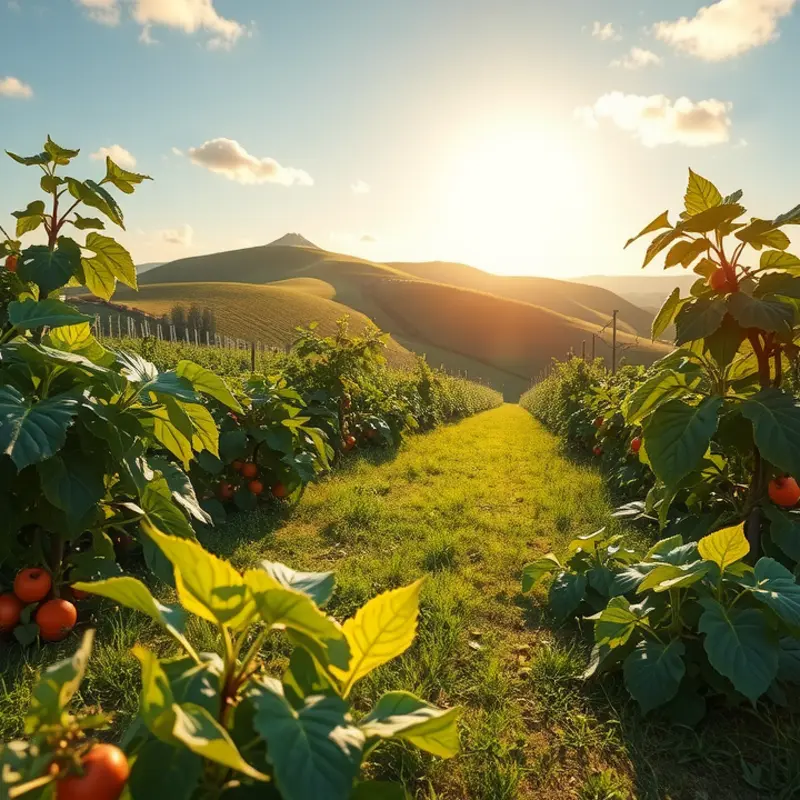
A thoughtful approach to ingredient selection can significantly reduce waste in meal prep. By choosing local, seasonal, and organic produce, you not only support sustainable farming practices but also minimize the carbon footprint associated with transporting goods across long distances. Seasonal foods are often fresher and more flavorful, allowing you to create satisfying dishes while being kind to the planet.
Opting to buy in bulk is another effective strategy to reduce waste. When you purchase items with minimal packaging, less plastic ends up in landfills. Bulk buying can also be more cost-effective, allowing you to invest in quality, organic ingredients without overspending. Ensure you store these ingredients properly to prolong freshness and prevent spoilage. For more insights on smart storage techniques, you can explore eco-smart kitchen storage.
To fully utilize your ingredients, plan meals around what you already have at home. This reduces waste and encourages creativity in the kitchen. For example, if you have leftover vegetables, incorporate them into a stir-fry or soup. Learning how to use stems, leaves, and peels can also contribute to reducing waste. Carrot tops, for instance, can be transformed into a flavorful pesto, and broccoli stems add a tasty crunch when diced and sautéed.
Meal planning is an essential tool in conscious ingredient selection. It helps streamline your cooking, ensuring no ingredient goes unused. Outline your meals for the week, taking note of what recipes require similar ingredients. This thoughtful approach ensures that you purchase only what is necessary, thus reducing the risk of overbuying.
By embracing these strategies, you make a meaningful impact not only on your own habits but also on broader environmental outcomes. Conscious ingredient selection is the foundation of deliciously sustainable meal prep.
Creative Cooking Strategies for Low-Waste Meals
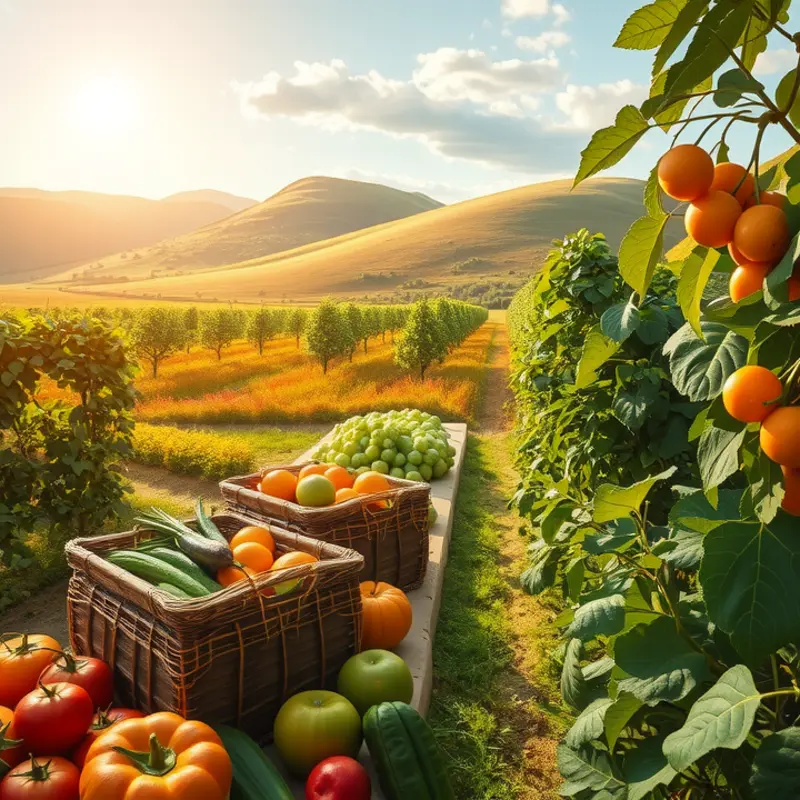
Embracing a low-waste lifestyle in the kitchen involves resourceful creativity. By utilizing every part of your ingredients, from roots to greens, you can minimize waste significantly. This approach also enhances the flavors and nutritional profile of your meals.
Transform carrot tops into a vibrant, nutrient-rich pesto with a simple blend of garlic, olive oil, and nuts. Radish greens can become a spicy addition to soups or stir-fries. The concept of zero-waste cooking encourages a new perspective on what many consider scraps—unlocking their culinary potential.
Freezing is a fantastic way to preserve fresh produce that may not be used immediately. Herbs like rosemary and thyme freeze well in olive oil, making them convenient for future dishes. Whipping up a large batch of tomato sauce and storing it in freezer-friendly containers allows for easy access and portion control later, reducing spoilage.
Fermenting not only prolongs the life of your produce but also adds a probiotic boost to your meals. Consider fermenting cabbage to make sauerkraut, a process that takes just salt, water, and patience. This tangy treat complements sandwiches or salads while contributing to gut health.
Pickling is another preservation method that can elevate your cooking. Cucumbers, carrots, and onions can be quickly pickled to add zing to various dishes. The pickling process requires little more than vinegar, water, and spices, making it an accessible entry point for beginners.
Batch cooking is a key strategy that leads to less food waste and saves time in the kitchen. By cooking in larger quantities and planning your meals in advance, you can ensure all ingredients are utilized efficiently. A pot of hearty vegetable stew can be refrigerated or frozen for multiple meals, reducing the temptation to resort to last-minute takeout options.
Exploring inventive recipes that incorporate food scraps can revolutionize your cooking routine. Potato peels can be crisped into chips, or broccoli stems can be pureed into a creamy soup. These small changes in ingredient use lessen waste while adding unexpected elements to your culinary repertoire.
As you refine your low-waste cooking strategies, consider engaging in eco-smart kitchen storage techniques to further enhance your sustainable kitchen practices. Proper storage extends the life of your greens and roots, enabling you to use the entirety of your produce when inspiration strikes.
By applying these creative cooking strategies, you’re not only reducing waste but also embracing mindful cooking habits that celebrate the full value of every ingredient. The result is a more sustainable kitchen environment and a satisfaction drawn from using thrifty, eco-friendly practices.
Final words
Low-waste meal preparation aligns your cooking with sustainable principles, fostering a deeper connection with the food you consume. By selecting local, seasonal ingredients and adopting innovative cooking strategies, you not only reduce waste but also enhance your culinary repertoire. Every small step makes a significant impact—creating meals with purpose transforms your kitchen into a space of environmental stewardship. Let every meal contribute to a greener planet while nourishing yourself and those you care about.

